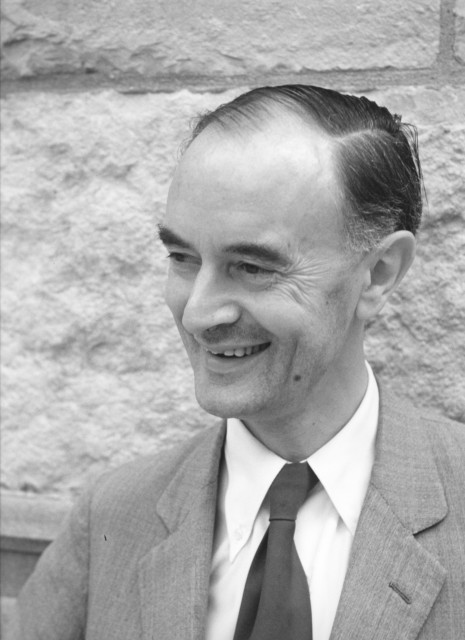Sir Christopher (Kelk) Ingold
1893-1970

Ingold was one of the founders of the electronic theory of organic chemistry and made many contributions to reaction mechanisms and molecular spectroscopy. Orientation and relative rates of aromatic nitration were used, in his early work, to test the theory. Studies of aliphatic substitutions and eliminations, often with his long-time collaborator E. D. Hughes, led to incorporation into the standard language of chemistry of such words as nucleophile, electrophile, inductive and mesomeric (resonance) effects, and such symbols as SN1, SN2, E1, E2, BAC2 and others. His monumental book "Structure and Mechanism in Organic Chemistry" (1953) was for years an authoritative text in the field. His forays into molecular spectroscopy first demonstrated the hexagonal symmetry of benzene's ground state and gave a quantitative description of its first excited state; he was the first to show that the first excited state of acetylene is bent. Ingold sought to unite physical, organic and inorganic chemistry. His papers were models of exposition, clarity and precision. The vigorous and sometimes vitriolic manner with which he dealt with opponents, in print, contrasted markedly with his personal kindness and courtesy. Ingold received many awards including the Davy (1946) and Royal (1952) Medals of the Royal Society and the first James Flack Norris Award in Physical Organic Chemistry of the ACS (1965).
Sponsor: Chung-yin Lai
E. F. Houghton Company
Location in chemistry building: Fifth Floor; Elevator area West Wall; Sequence 1
Source: John D. Roberts